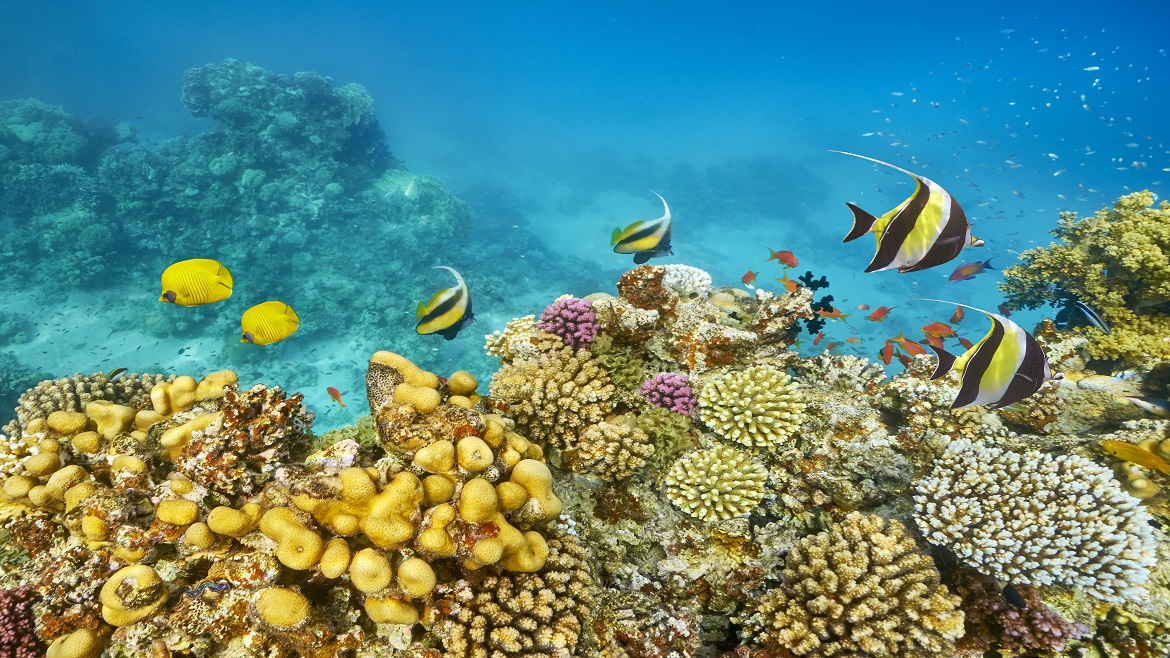Consider that maps of the Moon, Mars, and Venus are more detailed than the best seafloor maps.
The ocean is among the greatest of our global resources. Nowhere is this more apparent than from 150 miles above Earth, where geography becomes art, inspiring fresh wonder about the astonishing blue marble of which we are all stewards. From space, there are no fences or borders, but truly one world where none of us is an outlier. The health of our ocean reflects billions of “single actions.”
While much of the deep ocean remains a mystery, we know what steps we should take to preserve and protect this precious resource for future generations. Improving baseline information will drive understanding about climate and other changes, enabling us to anticipate future conditions. Understanding the diversity of ecosystems before disasters occur will allow for better damage assessments. Creating comprehensive charts of Arctic waters will enable safe navigation. And learning more about the health of our ocean, from dead zones to ocean acidification, will help us survive and prosper.
Timing is critical because we are poised on the edge of explosive growth in the economic value of the sea, a development that could be a boon to the global economy, but only if we do it right. “Right,” means balancing economic aims with responsible stewardship and rigorous use of information derived from ocean monitoring and observing. It means being mindful of resilience -- ecological, economic and societal. Resilience hedges risk. If hazards strike, resilience supports renewed vitality, recovery with fewer consequences, and reduced costs of uncertainty.
In an emergent blue economy, sound information will be critical to driving long-term sustainable decision-making across many sectors. Just as in the thriving private weather enterprise, public/private partnerships will spur growth in the blue economy. These partnerships will monitor and observe the ocean and use the information to catalyse innovation in the marketplace. Partnerships will freely access "big data" and spark a robust dialogue with user communities, from shellfish farmers to global shipping companies, to ensure that development is sustainable. Return on investment will be framed more around value-added services than packaged goods.
Imagine the market for value-added services supporting the economies of global transportation, disaster bond valuation and hazard mitigation. What is the value of an improved forecast of ocean currents, temperatures and acidification? Does an improved seasonal prediction of sea ice translate to increased revenue? Can real-time observations of deep ocean health accelerate post-oil spill recovery?
Such questions translate to significant challenges and the need to improve and expand ocean observational and predictive capabilities. We made it to the moon and beyond because we did it right. Now it’s time to do the same at home and ensure the survival that President Kennedy invoked.
The Economist Events' third World Ocean Summit: Blue economy, blue grwoth will be hosted in Portugal on June 3rd - 5th.
The views and opinions expressed in this article are those of the authors and do not necessarily reflect the views of The Economist Intelligence Unit Limited (EIU) or any other member of The Economist Group. The Economist Group (including the EIU) cannot accept any responsibility or liability for reliance by any person on this article or any of the information, opinions or conclusions set out in the article.




